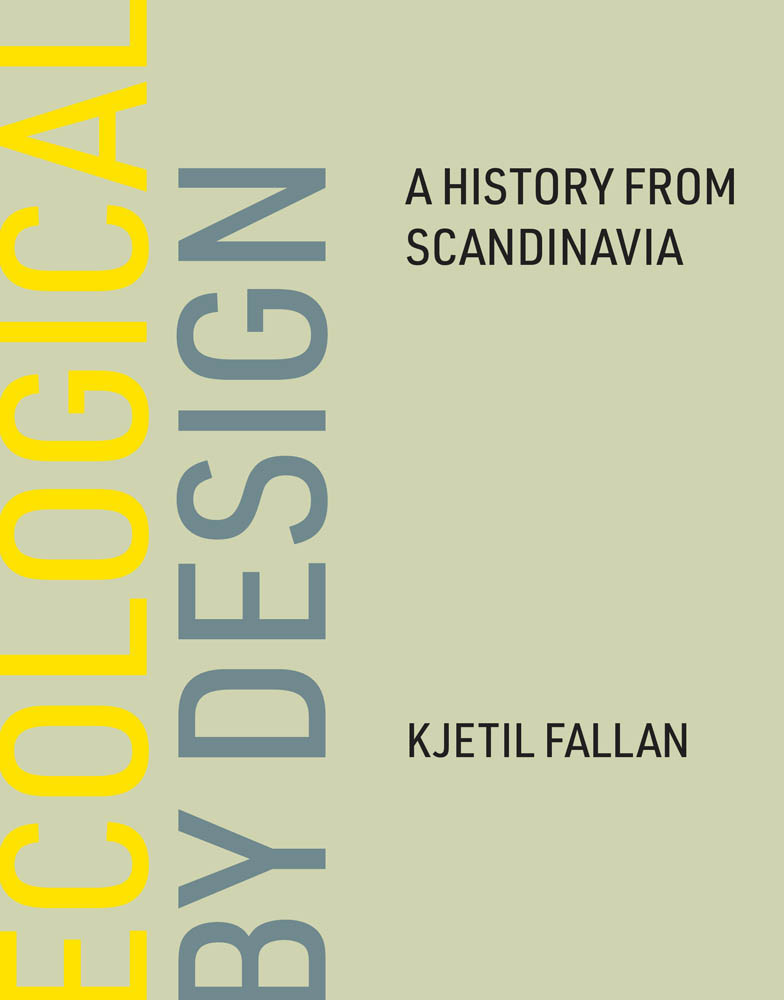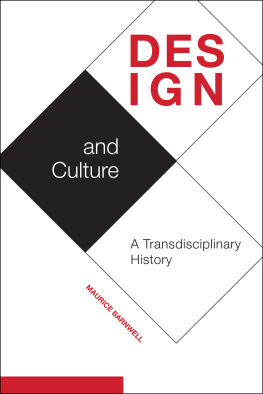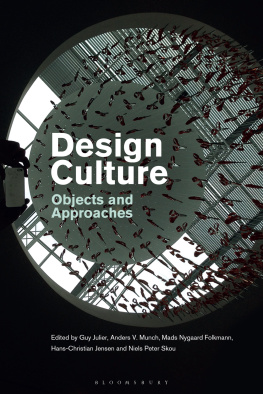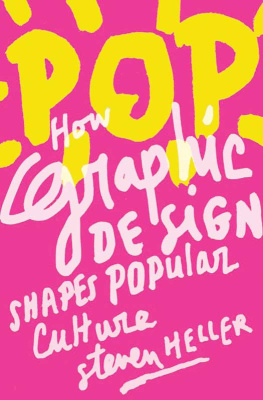Contents
List of Figures
Guide
Pagebreaks of the print version

ECOLOGICAL BY DESIGN
A HISTORY FROM SCANDINAVIA
KJETIL FALLAN
THE MIT PRESS
CAMBRIDGE, MASSACHUSETTS
LONDON, ENGLAND
2022 Massachusetts Institute of Technology
All rights reserved. No part of this book may be reproduced in any form by any electronic or mechanical means (including photocopying, recording, or information storage and retrieval) without permission in writing from the publisher.
The MIT Press would like to thank the anonymous peer reviewers who provided comments on drafts of this book. The generous work of academic experts is essential for establishing the authority and quality of our publications. We acknowledge with gratitude the contributions of these otherwise uncredited readers.
Library of Congress Cataloging-in-Publication Data is available.
ISBN: 978-0-262-04713-5
d_r0
CONTENTS
LIST OF FIGURES
Per Kleiva,American Butterflies, 1971. Per Kleiva/BONO 2021. Photo courtesy of the National Museum of Art, Architecture, and Design.
Landfill operation at Jamaica Bay, New York. Photograph by Arthur Tress in May 1973 as part of DOCUMERICA: The Environmental Protection Agencys Program to Photographically Document Subjects of Environmental Concern. U.S. National Archives and Records Administration (NARA record: 1100153).
Oil or Fish?Poster designed by Terje Roalkvam for a campaign by Young Friends of the Earth Norway (Natur og ungdom) in 1974. Photo courtesy of the National Museum of Art, Architecture, and Design.
Two women measuring kitchen units, c. 1960a typical activity at the Home Research Institute as part of their agenda to promote rational consumption. Photo courtesy of Nordiska Museet.
Front cover of the design magazineForm(1967, no. 9), featuring a veritable epitome of disposable design: Stephan Gips inflatable PVC chair Blow-Up, manufactured by Hagaplast.
A particularly successful case of Swedish disposable design is the Tetra Pak milk carton. The original tetrahedron-shaped version from 1951 (left) had some significant usability challenges, though, which were resolved with the now iconic Tetra Rex model introduced in 1965 (right). Photo: Ridde Johansson, courtesy of Nordiska Museet.
A student working in the ceramics studio at Konstfack College of Arts, Crafts and Design in Stockholm, 1966. The curriculum at Scandinavian design schools was at this time still very much structured according to traditional materials and crafts. Photo: Studio Gullers, courtesy of Nordiska Museet.
A Saab 96 (designed by Sixten Sason in 1960) equipped with an electric power train shown at the exhibitionEnvironment Tomorrowat Stockholms National Museum of Science and Technology in March 1968. Photo: Magnus Atterberg, courtesy of Tekniska Museet.
Cover ofFramtiden krver: Energi, arbete, miljfrom 1974one of the widely circulated paperbacks by Hans Palmstierna and fellow politically engaged academics which boosted public discourse on environmentalism. Courtesy of Nordstedts Frlag.
Hans Palmstierna (center, seated) and Victor Papanek (front, left) in a group discussion with Scandinavian design students during the IndustryEnvironmentProduct Design seminar on the island of Suomenlinna outside Helsinki in July 1968. Photo: Kristian Runeberg 1968/The Finnish Museum of Photography.
Front cover of Liv Berg and Krisno Nimpunos 1972 booklet on recycling design in the global South.
Plastic bag featuring the Cooperative Unions infinity-symbol logo designed by Paul Persson and introduced in 1967. The bag was manufactured by KF-owned Celloplast AB, inventor of the plastic bag. Photo: Ulf Berger, courtesy of Nordiska Museet.
A durable yet disposable design emblematic of the paradox of plastics: the Jordan 1230 dishwashing brush designed by A&E Design AB, Tom Ahlstrm/Hans Ehrich, in 1974; 67 million have been sold. Photo courtesy of Nationalmuseum.
Robert Esdaile, apartment building at Bjrnekollen, Oslo, 1956. Photo: Bjrn Winsns (1959). Courtesy of the National Museum of Art, Architecture, and Design.
Spread from the exhibition catalog forAnd after usillustrating today (left) and tomorrow? (right).
Front cover of the exhibition catalog forAnd after usfeaturing an image of a fetus superimposed on a blue marble photo of the earth.
Front cover ofByggekunst(1976, no. 1) featuring Robert Esdailes DIY cabin on top of a cliff above the Jssingfjord in southwestern Norway. Courtesy of Arkitektur N.
Brekkestranda Fjordhotel, designed by Bjrn Simonns and Jacob Myklebust (19661980). Photo courtesy of the National Museum of Art, Architecture, and Design.
Cover ofBonytt(1966, no. 5), emphasizing the acute attention to the character of wood as material. Courtesy of Egmont Publishing.
lhytta, a modular, prefabricated cabin model intended to blend in with the surrounding landscape. Designed by Jon Haug of the architectural office Lund & Slaatto in 1966. Photo: Dag Andre Ivarsy, courtesy of the National Museum of Art, Architecture, and Design.
Rastad & Rellings Futurum line shown at a foreign furniture fair in 1966. Photo courtesy of Rastad & Relling Arkitektkontor.
The modular storage system 5-15 designed by Edvin Helseth in 1961, manufactured by Systemtre A/L. Photo courtesy of DOGADesign and Architecture Norway.
Designer Edvin Helseth (left) and the general manager of Trysil Municipal Forest Administration, Jostein Bjrnersen (right), demonstrate a Trybo chair for the minister of industry, Sverre Walter Rostoft, on the occasion of receiving the Norwegian Design Award in 1967. Photo courtesy of DOGADesign and Architecture Norway.
Kristian Vedel reading the announcement from the Lunning Prize committee to his family. Photo: Kristian Vedels personal archive.
Ane Vedel on horseback in Guatemala. Photo: Kristian Vedels personal archive.
Studying weaving in Guatemala. Photo: Kristian Vedels personal archive.
Kristian Vedels photo of a cradle exhibited at the newly inaugurated Museo Nacional de Antropologa, Mexico City. Photo: Kristian Vedels personal archive.
Kristian Vedel in his studio in Humlebk, north of Copenhagen. Photo: Steen Jacobsen/Nf Ritzau Scanpix/NTB.
Kristian Vedel teaching at the University of Nairobi. From left: Flemming Jrgensen (fellow Dane expat who taught urban planning), students Diana Lee-Smith and Gamaliel Mugumbya, lecturer Amrik Kalsi, professor Kristian Vedel, and students Sultan Somjee, Stine Johansen, and Davinder Lamba. The remaining three persons are unidentified. Photo: Kristian Vedels personal archive.
Kristian Vedel (right) and his assistant, Amrik Kalsi, doing field studies. Photo: Kristian Vedels personal archive.
Illustration from the project Media of Transportation by Use of Human Forces on or by the Body carried out by Vedel and his students at the University of Nairobi in the spring of 1971. Photo: Kristian Vedels personal archive.









